Details
Sony Alpha 7 III
Stunning full-frame image quality
The newly developed rear-exposed Exmor R CMOS image sensor with 24.2 megapixels plus front-end LSI stands for ultra-high image quality and speed. The image sensor's readout speed has Sony effectively doubled. Thanks to updated BIONZ X processor, image processing speed also increases by 1.8 times compared to the α7 II. An ISO range of 100 - 51,200 (expandable to ISO 50 - 204,800 for stills), a dynamic range of 15 stops, and significantly improved skin tones and more lifelike colors speak for themselves here. 14-bit RAW is no problem for the α7 III, even in silent continuous shooting. The 5-axis image stabilizer compensates up to 5.0.
Higher AF speed and performance
The new α7 III full-frame mirrorless camera features an autofocus system that has little in common with the α7 II. 4D FOCUS is the keyword here. The 425 AF contrast autofocus points of the new camera are complemented by 693 phase autofocus points, which the α7 III has in common with the α9 camera. The autofocus thus covers about 93 percent of the image. It captures and tracks even the most difficult subjects.
Because image data can be read out faster, the α7 III can focus nearly twice as fast in low light as the α7 II. The speed at which it can track objects has also doubled.
The new camera also masters the tried-and-true eye detection, and that too in AF-C mode. The function is even available with A-mount lenses via LA-EA3 adapter. Using the joystick, the autofocus point can be easily and quickly placed in the right position with the thumb. Photographers had already come to appreciate this with the α9 and α7R III.
Fast autofocus for the decisive moment
The new α7 III is able to capture up to ten images per second at full resolution with continuous autofocus on the memory card. In total, the buffer is sufficient for up to 177 standard JPEG images, 89 compressed RAW images or 40 uncompressed RAW images. The High Speed mode is possible either with a mechanical shutter or absolutely silent. Even in Live View mode, continuous shooting at up to eight frames per second is possible with minimal delay in the viewfinder or on the LCD.
For even more convenience, all important camera functions can be adjusted at any time or even written to the memory card during image series. These include access to the "Fn" (Function) and "Menu" (Menu) menu buttons, image playback, and several other parameters-including image rating and other functions that facilitate image sorting on location.
In addition, under tungsten lighting, the α7 III can, if desired, automatically detect the frequency of the lighting and select the shutter speed so that the light has no effect on the image result. This minimizes exposure or color deviations that can sometimes occur at the top and bottom of images taken at fast shutter speeds.
High-quality video in 4K
The new α7 III can do not only photo, but also video - in 4K (3840 x 2160 pixels) across the full width of the full-frame image sensor. In video mode, the camera reads every single pixel - without pixel binning. As a result, it captures 2.4 times the amount of data required for 4K movies. The result is high-quality 4K footage with exceptional depth and extra detail.
For ambitious filmmakers, the α7 III can handle the HLG (Hybrid Log-Gamma) image profile. This guarantees an instant HDR workflow that can play back beautiful, realistic 4K HDR images on HDR (HLG) compatible TVs. S-Log2 and S-Log3 are a given for the new camera in video mode - as are Zebra Function and Gamma Display Assist. In Full HD, it can also record four- and five-frame slow-motion footage at 120 frames per second and up to 100 Mbps.
Improvements in build, design, and customization options.
The new α7 III inherits many features from the α9 and α7R III: these include two media slots, one of which is for UHS-II SD memory cards. JPEGs can be stored on one, RAW shots on the other. Videos and photos can be recorded separately on both memory cards. But data backup, where all data is stored twice - on both cards - is also possible. With a new battery, the camera also shines in terms of runtime. With a CIPA standard of up to 710 shots with active monitor or 610 shots with active viewfinder per charge, it currently offers the longest battery life of all mirrorless cameras. The new Z-series NP-FZ100 battery from Sony has approximately 2.2 times the capacity of the W-series NP-FW50 battery used in the α7 II.
For even more clarity in the menus, up to 30 functions can be saved in "My Menu" for quick access. Photographers can also assign star ratings directly to their images via individual buttons to find good shots even faster for post-processing. In addition, the first three characters of all photo files can be edited. In total, the α7 III has 81 functions that can be assigned to eleven freely assignable buttons. As befits a model in this class, the camera is both dust and moisture resistant.
The α7 III features a high-resolution, high-contrast, fast-operation XGA OLED Tru-Finder with approximately 2.3 million dots for extremely precise, lifelike detail reproduction. Standard or High display settings are also available for both the viewfinder and monitor. Those who like can seamlessly transfer files to a smartphone, tablet, computer or FTP server via Wi-Fi. The USB Type-C SuperSpeed USB port (USB 3.1 Gen 1) also provides more power flexibility with cables and faster image data transfer for PC tethering shooting.
The α7 III also comes with Sony's new "Imaging Edge" software suite, which extends creative possibilities to the entire shooting process - from pre- to post-processing. "Imaging Edge" features three PC applications called "Remote," "Viewer," and "Edit," which can be downloaded for free and support live-view remote shooting and RAW development. In the latest version 1.1, data transfer works about ten percent faster for remote shooting from PC (PC tethering shooting). RAW image processing speed increases by about 65 percent.
Sony SEL-2870
28-70 mm Zoomlens with built-in image stabilization for 35 mm format
35 mm shooting for E-mount cameras
Versatile 28-70 mm Zoom lens with F3.5-5.6 aperture
Sharp and stable shooting with SteadyShot
Precise details - Paired with a 35 mm E-mount compact camera, the SEL-2870 lens ensures high resolution.
Versatile shooting options - The versatile 28-70 mm Zoom range allows shooting at longer distances and from a variety of angles.
Brilliant photos with low aberrations - Three aspherical elements and an ED glass lens reduce aberrations and distortion for high-contrast images.
Sharp handheld shots - Optical SteadyShot™ image stabilization compensates for camera shake during handheld shooting without a tripod, ensuring blur-free images.
Ideal for portraits and landscapes - Medium F3.5-5.6 aperture allows higher resolution for wide-angle and telephoto shots even at maximum aperture.
Shoot in any weather - For shooting in harsh weather conditions, critical areas of the lens body are sealed against dust and moisture.
Smooth blur effects - A circular aperture with 7 blades creates natural blur or bokeh effects.
Advanced optics for a compact design - Lightweight and compact optical design in a 295g body.
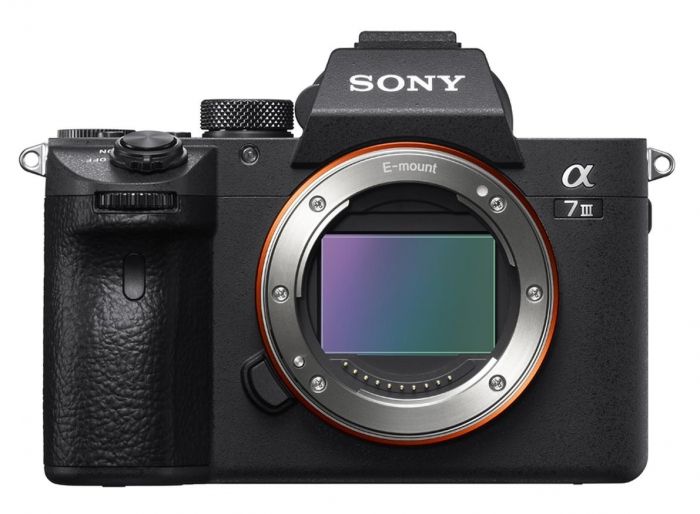
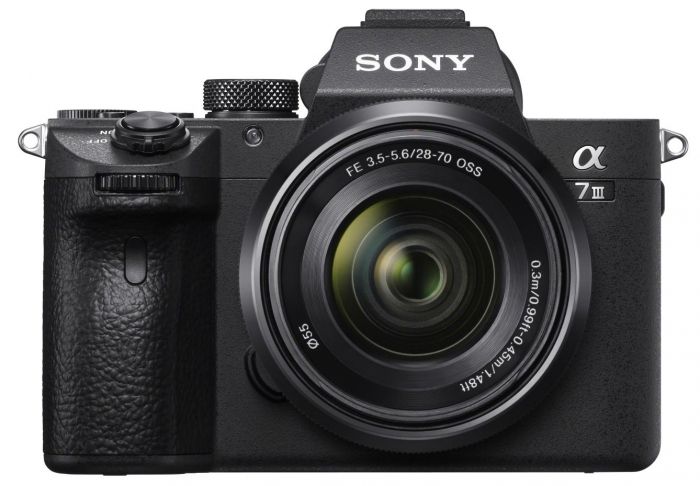
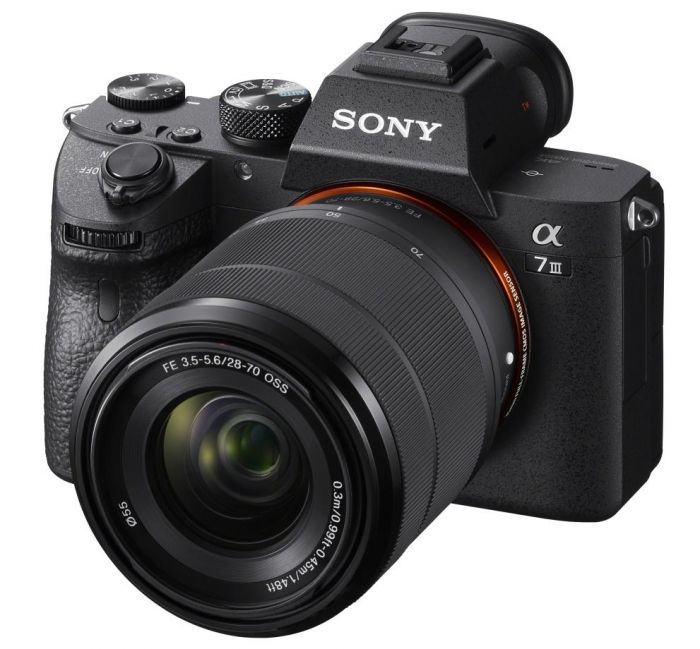
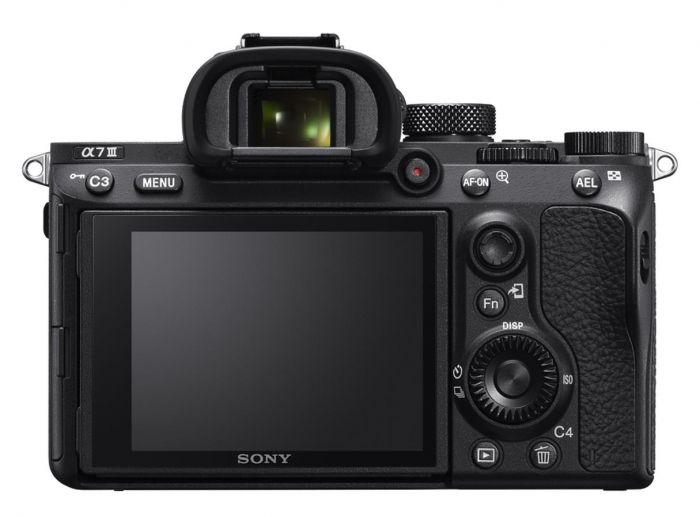
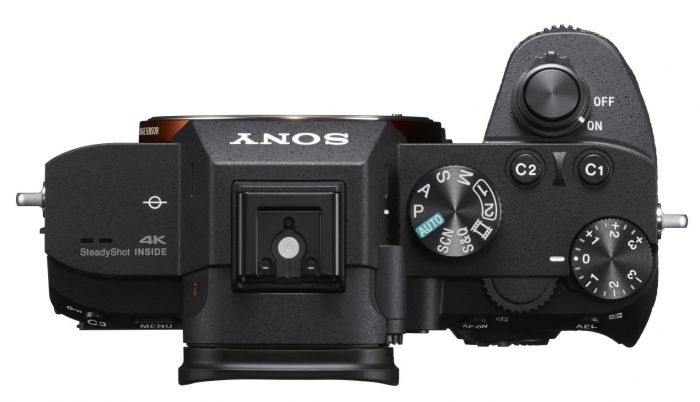

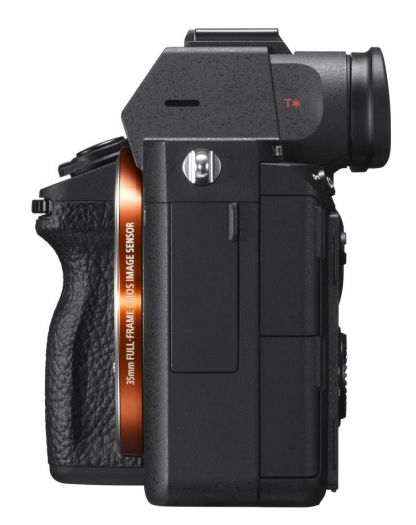
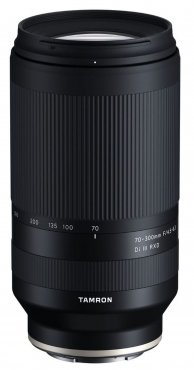
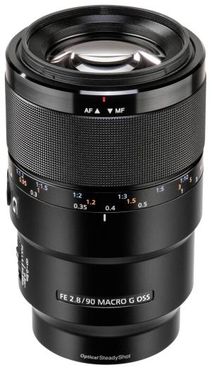
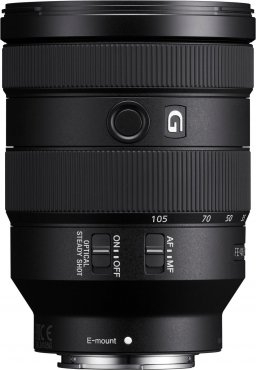
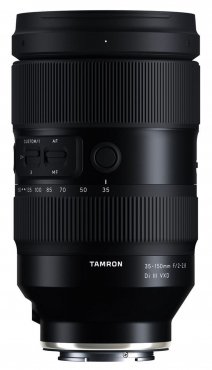

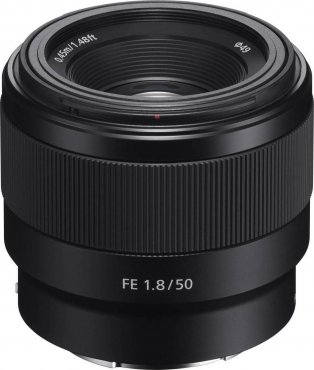
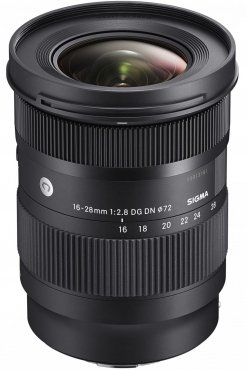

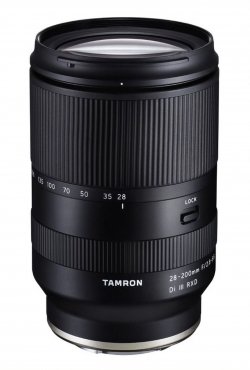
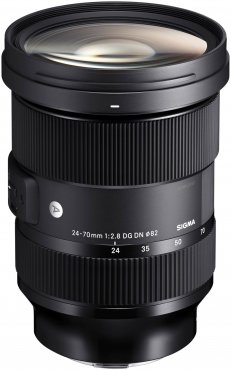
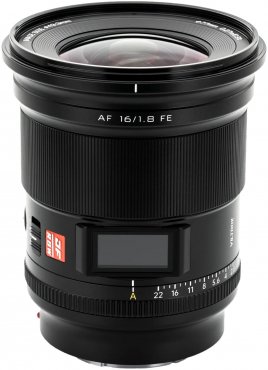
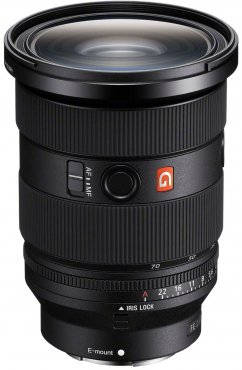
![Sigma 150-600mm f5-6.3 DG DN OS [S] Sony E-mount](https://media.foto-erhardt.de/images/product_images/thumbnail_images/907/sigma-150-600mm-f5-63-dg-dn-os-s-sony-e-mount-162814386990790304.jpg)
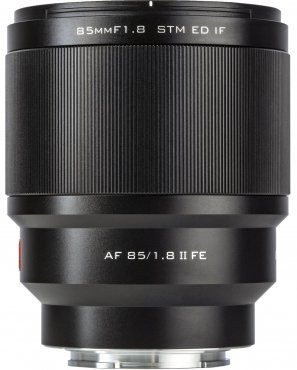
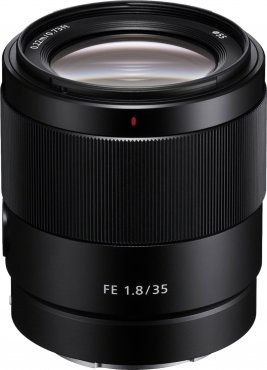

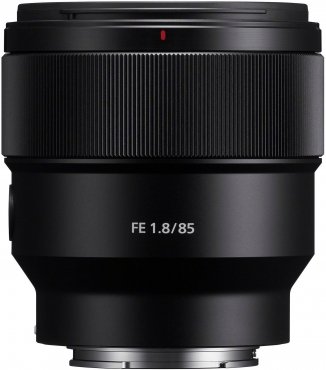

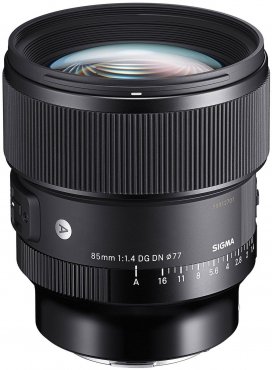
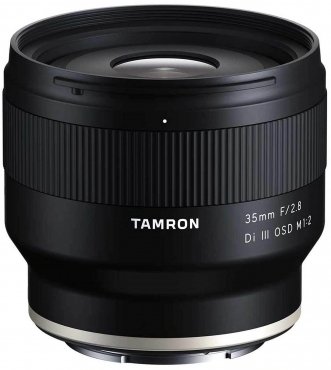
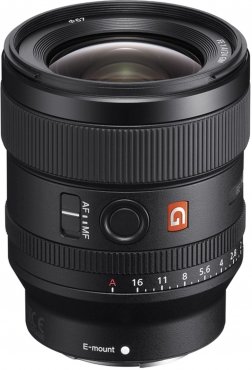
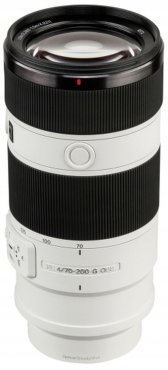
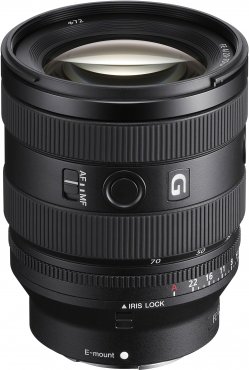

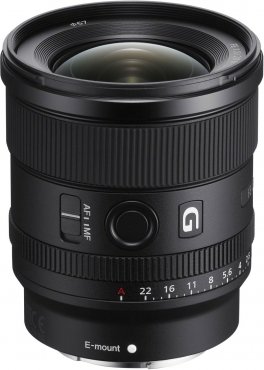

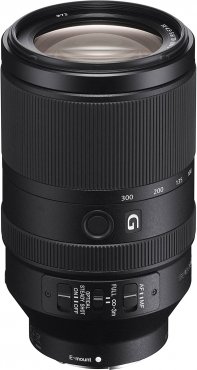
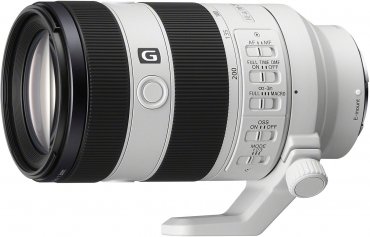
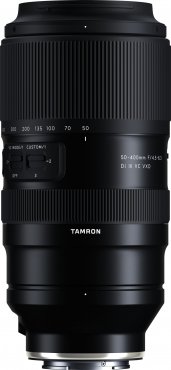

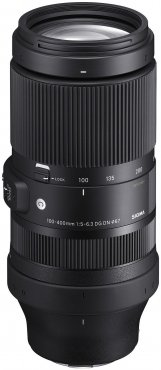
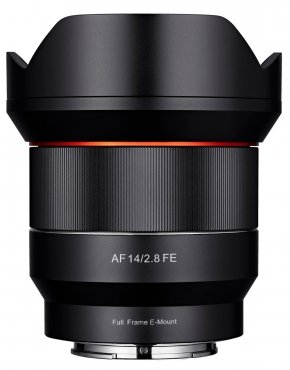
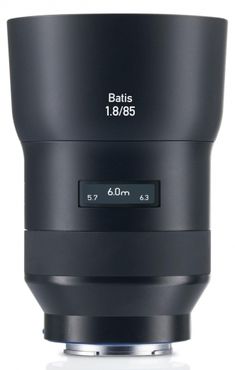
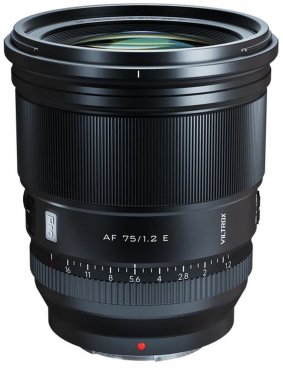
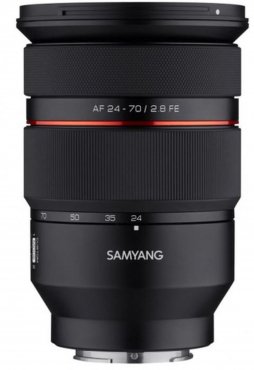
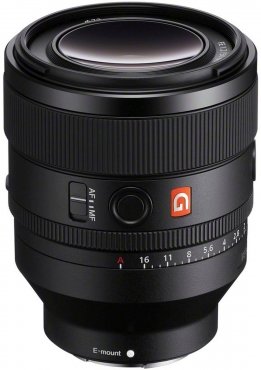
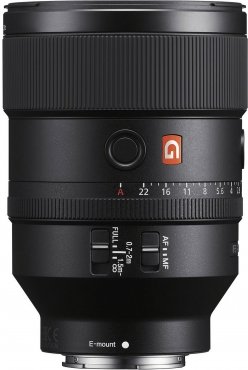
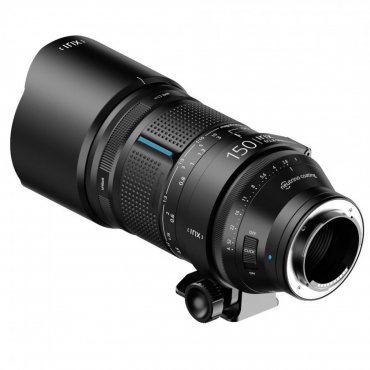


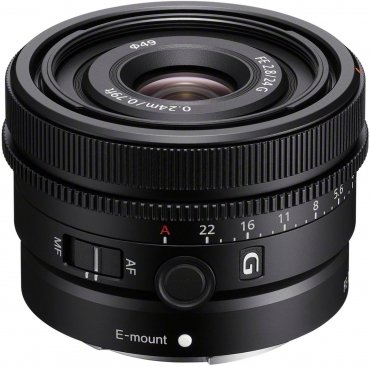
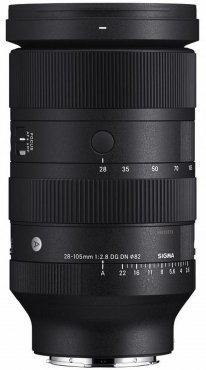

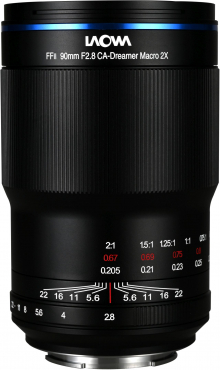
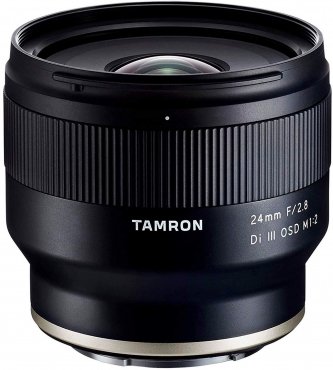

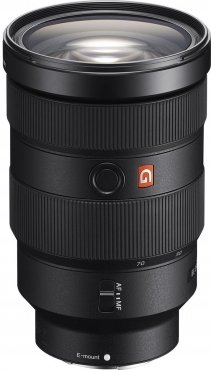
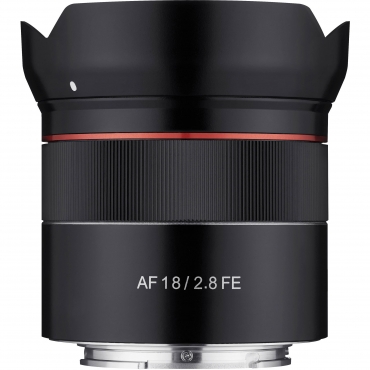

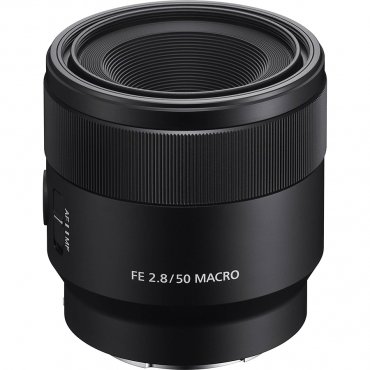
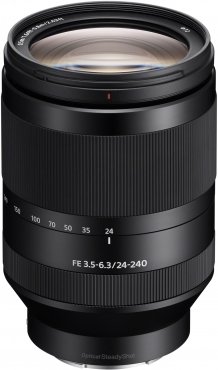

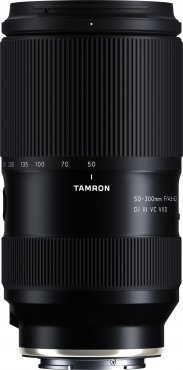

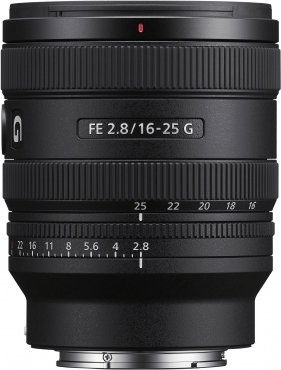
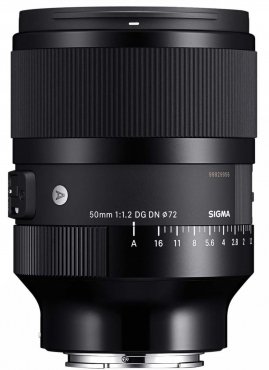
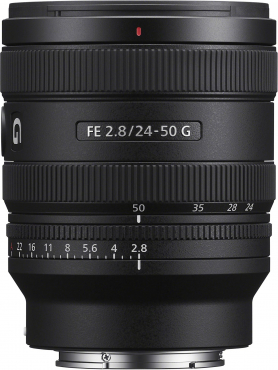
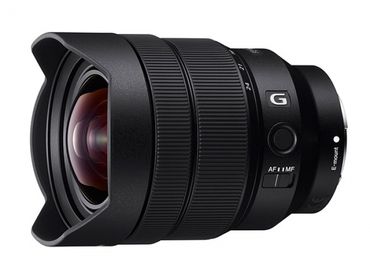
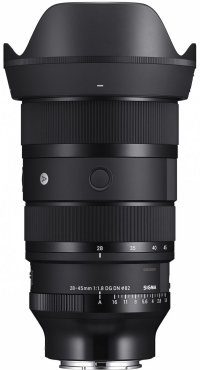
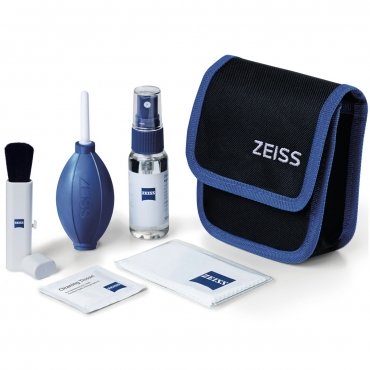
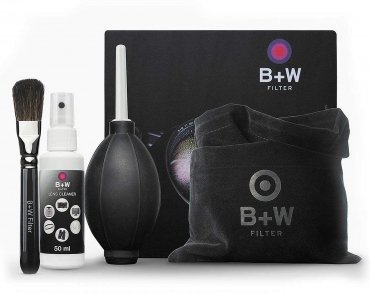
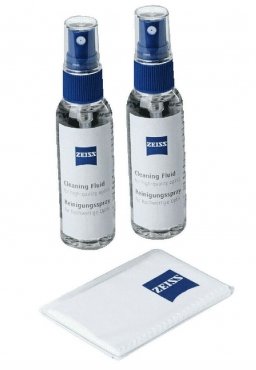
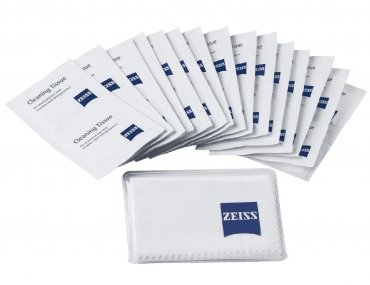
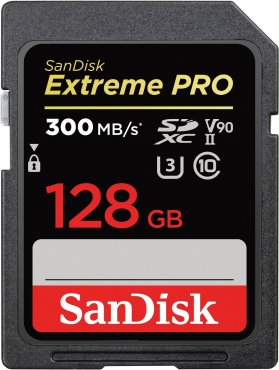
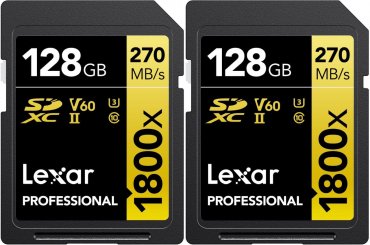
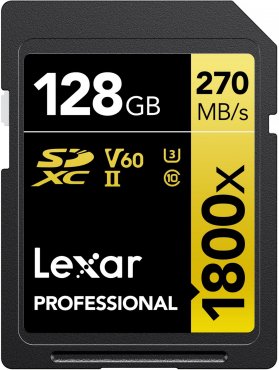
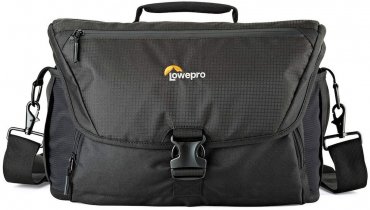

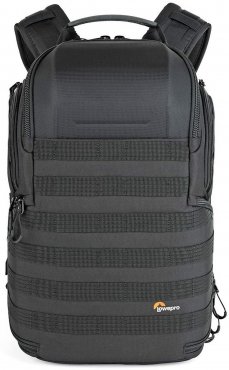

Simply subscribe and benefit as a newsletter recipient every week: